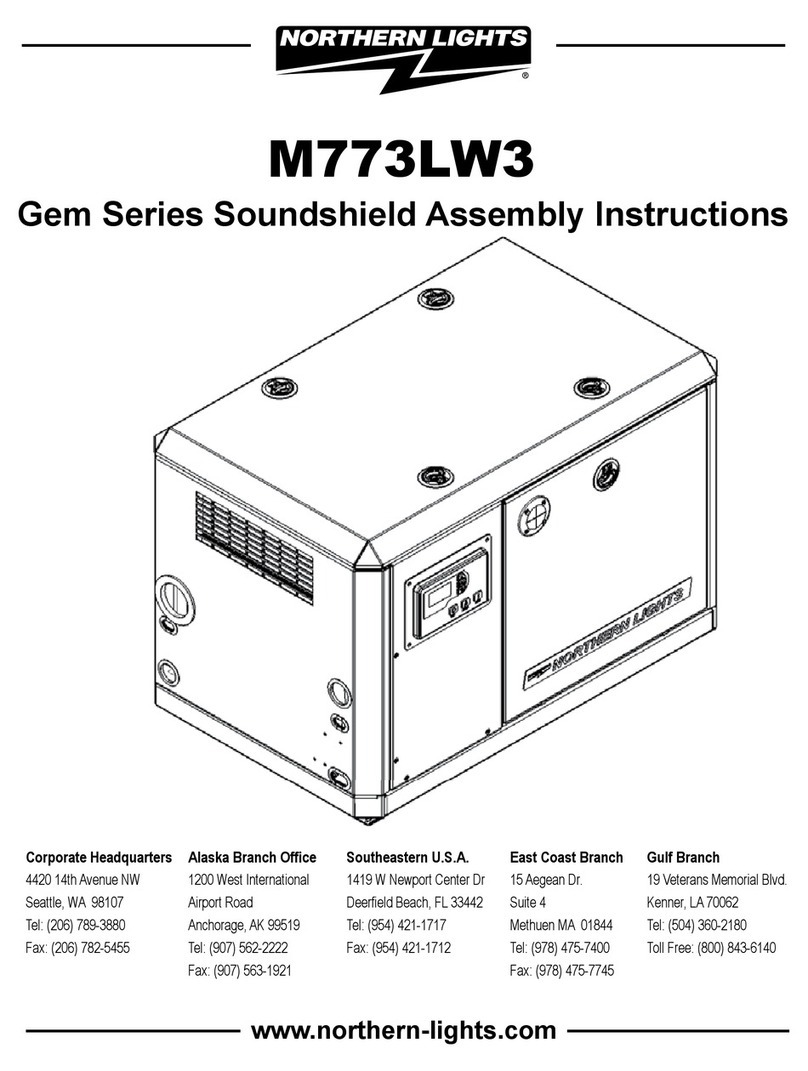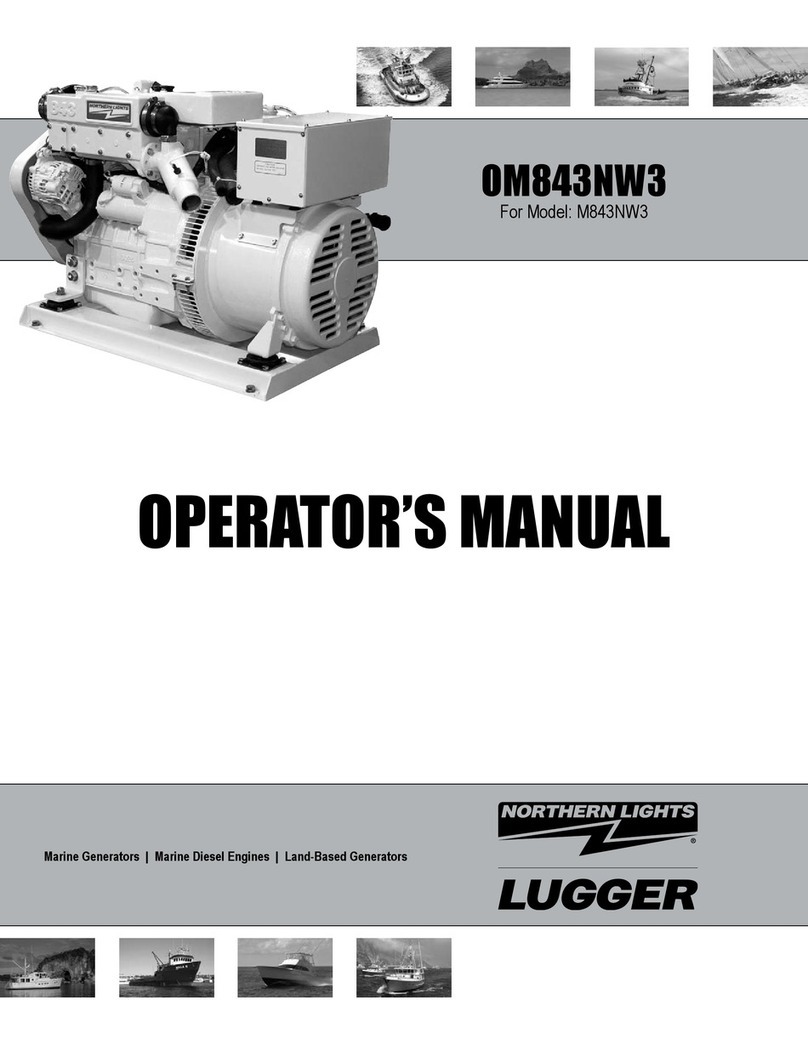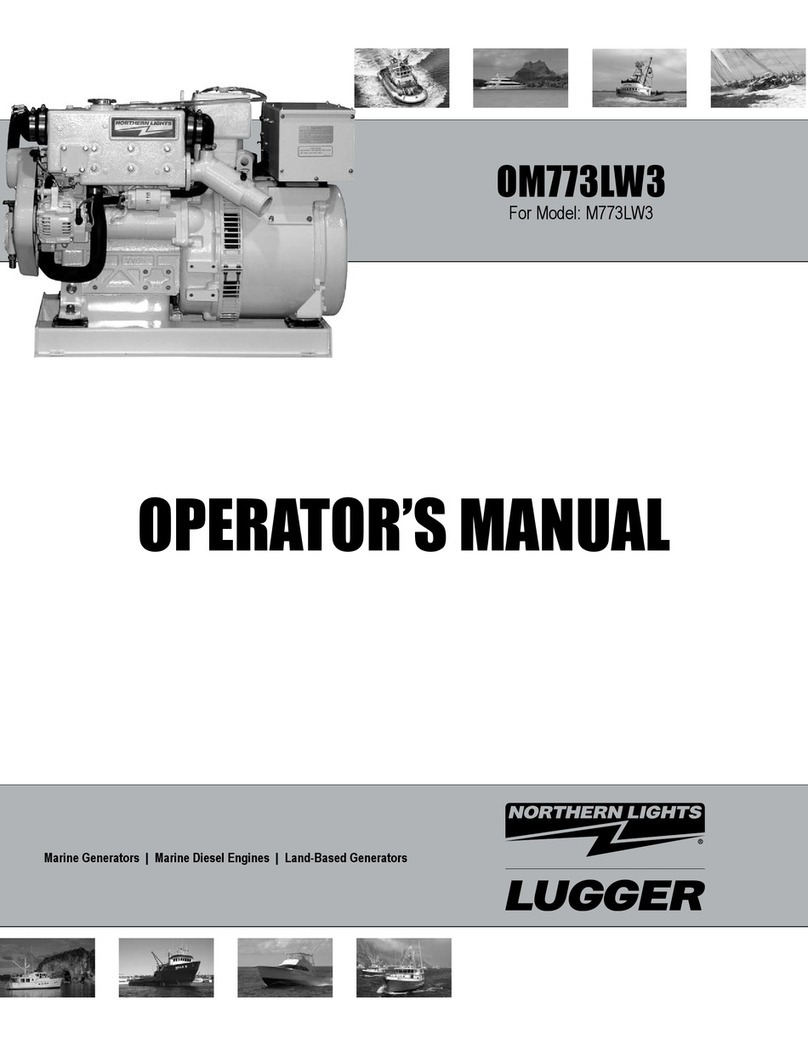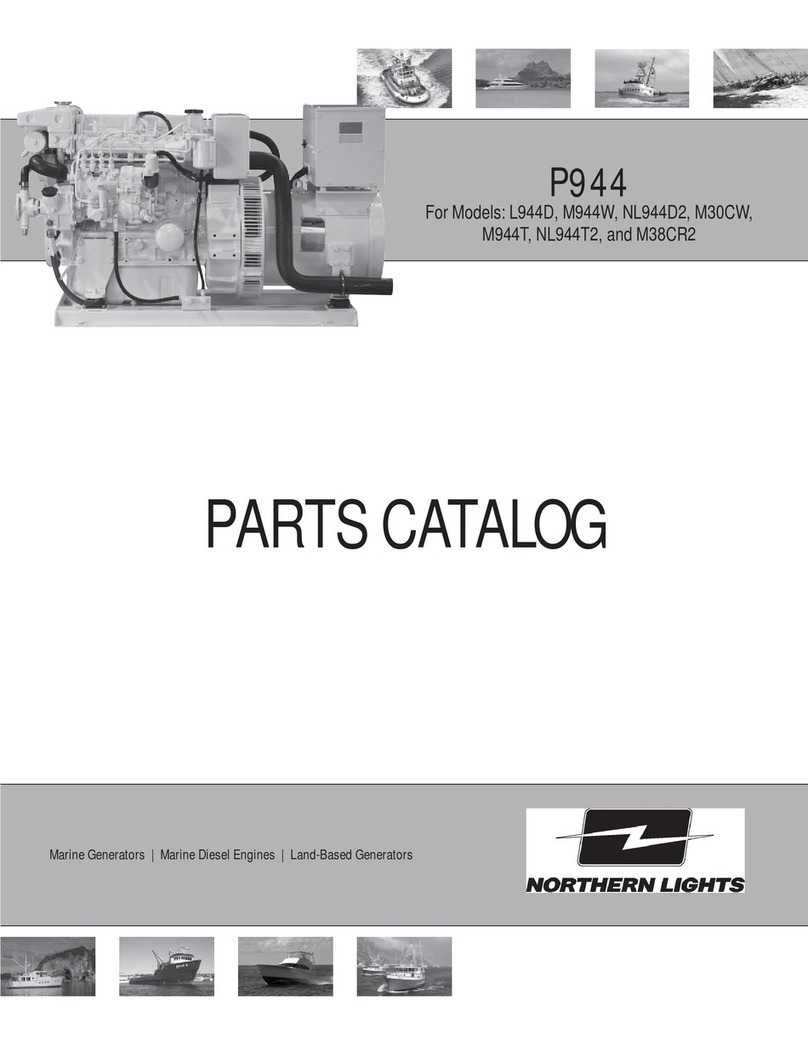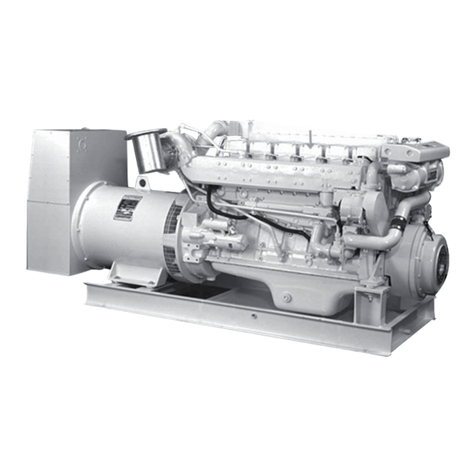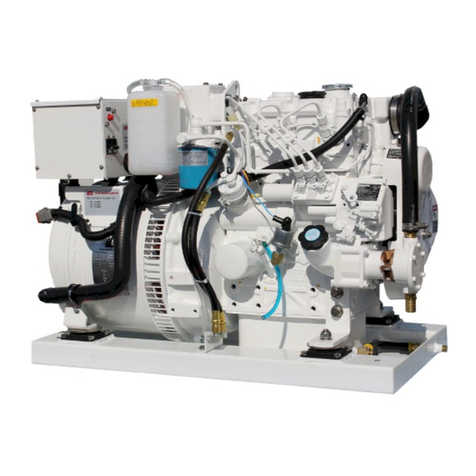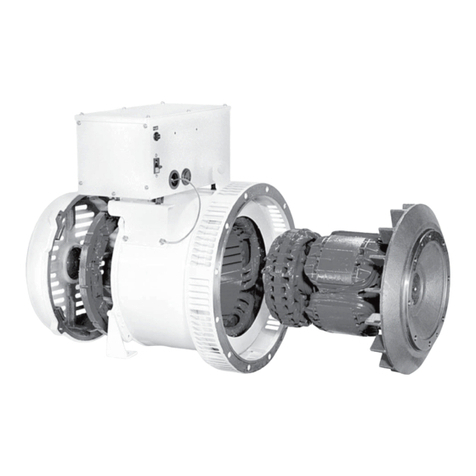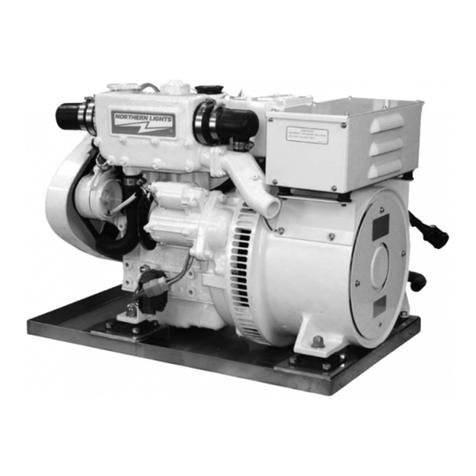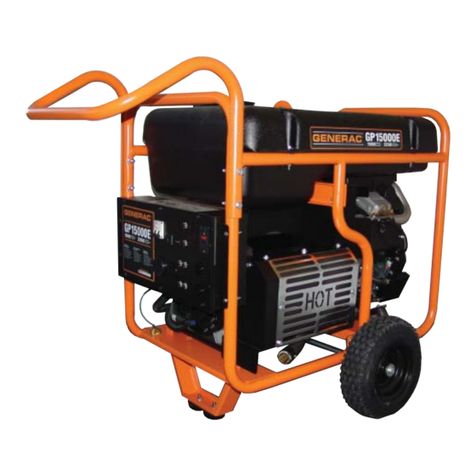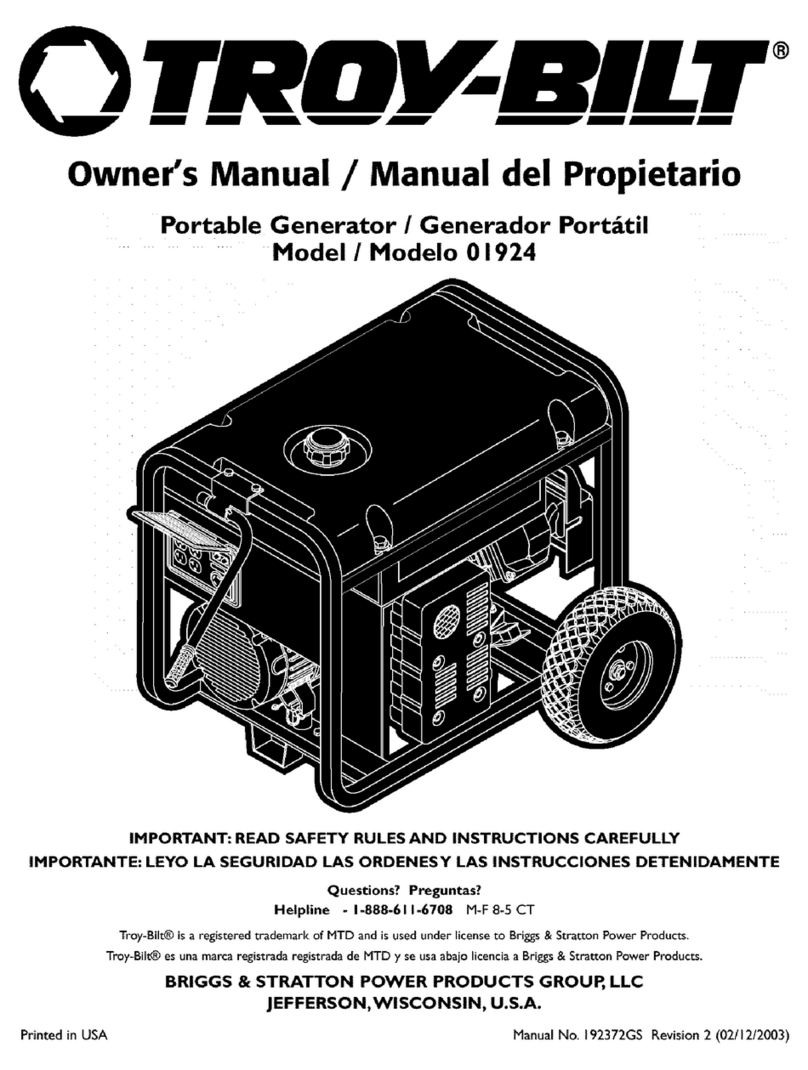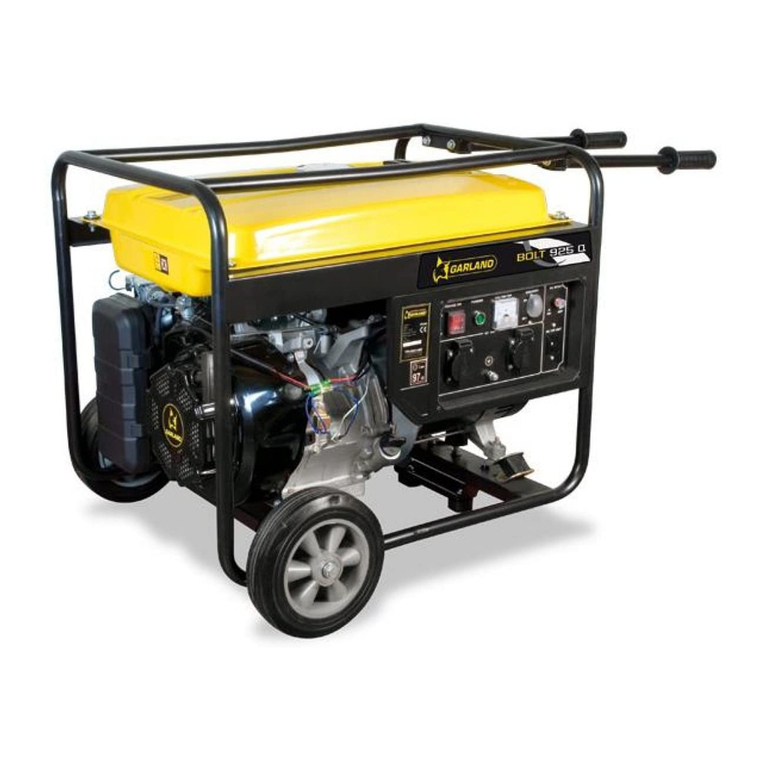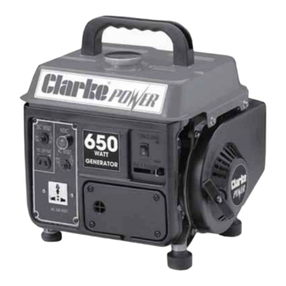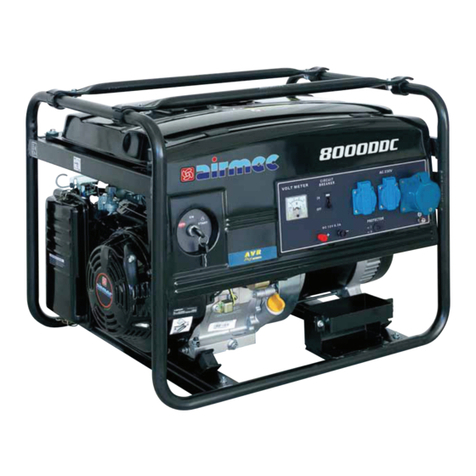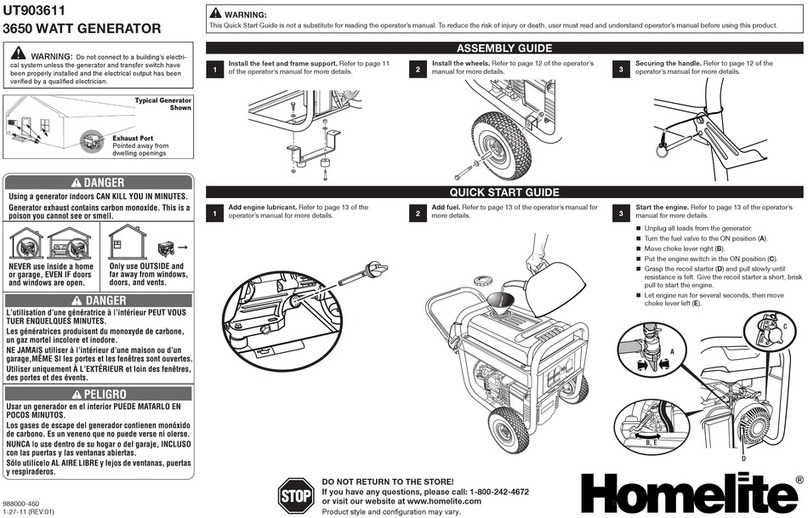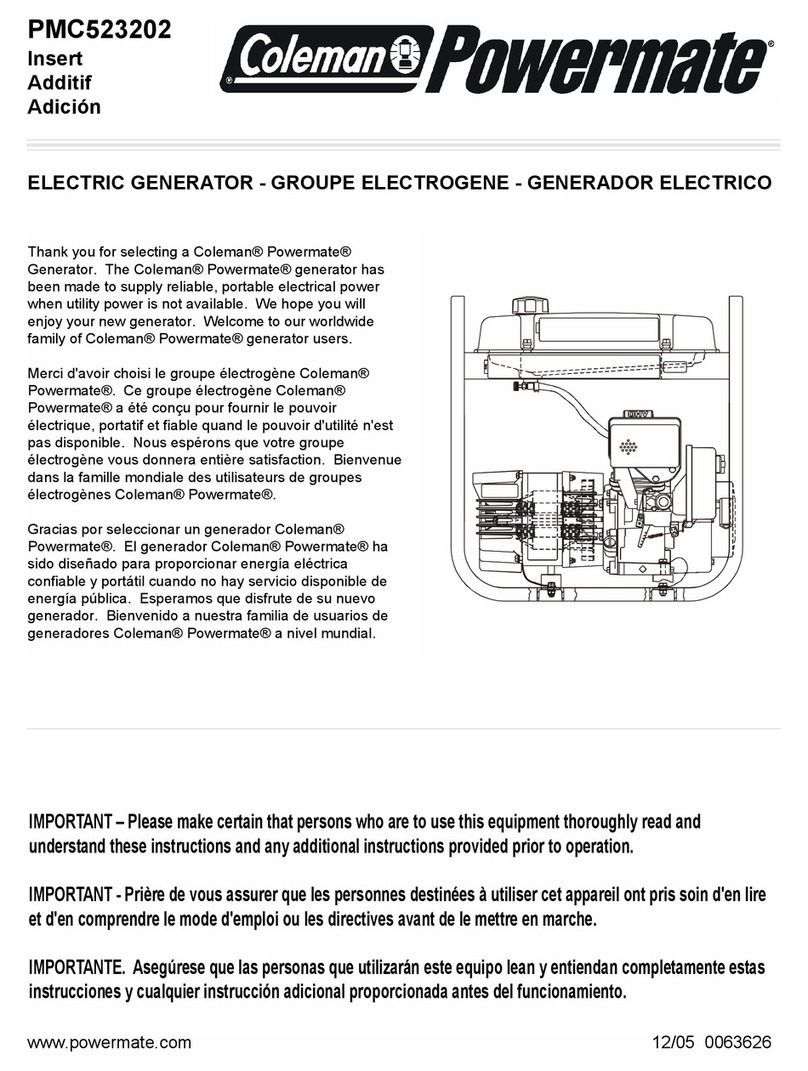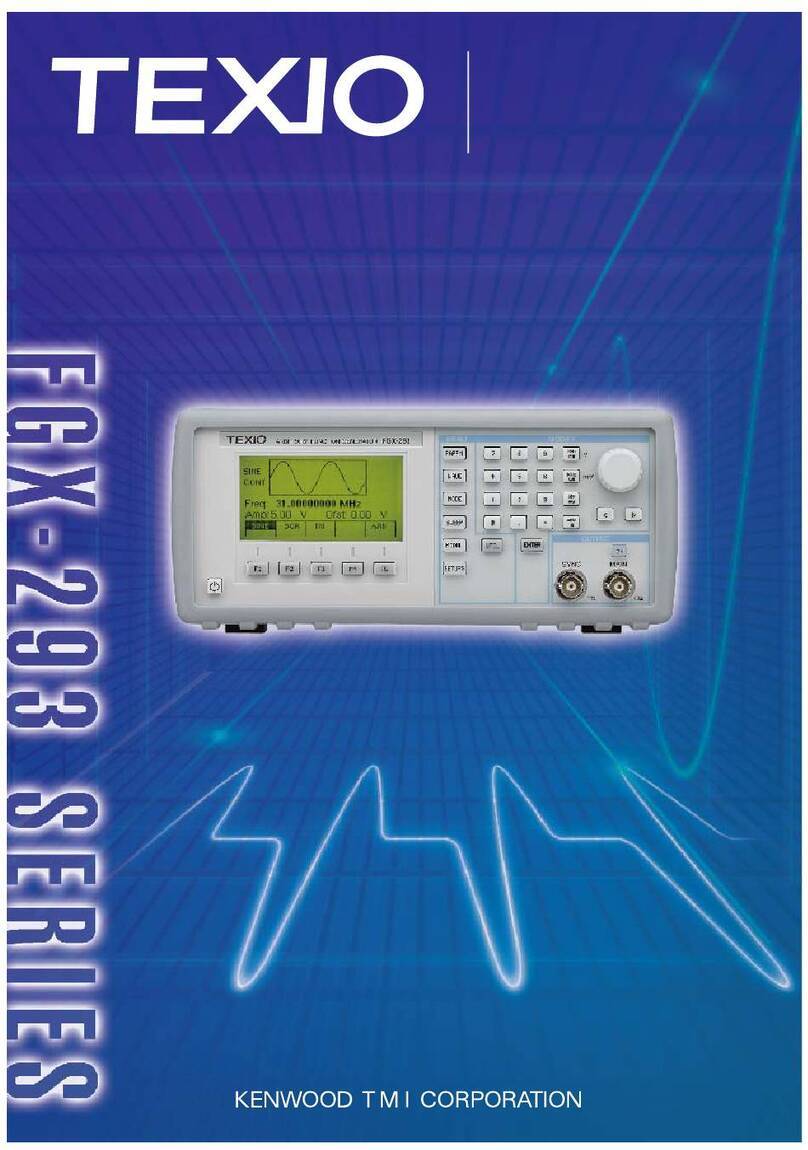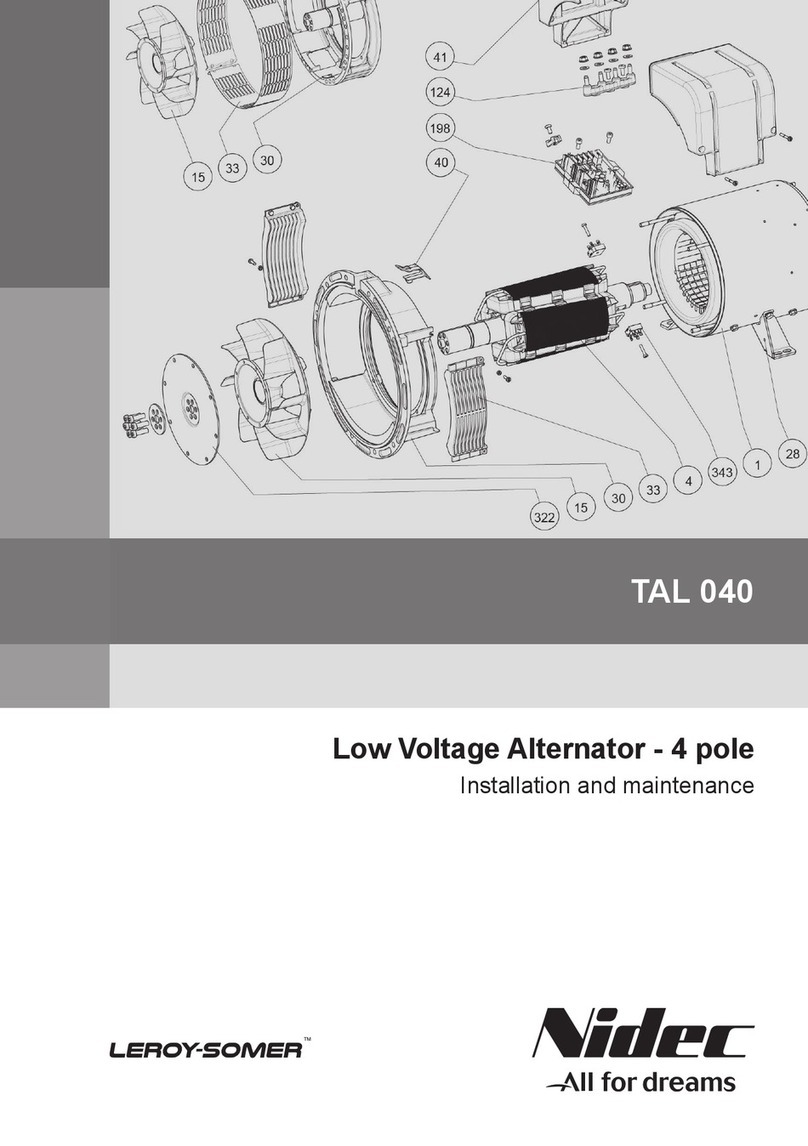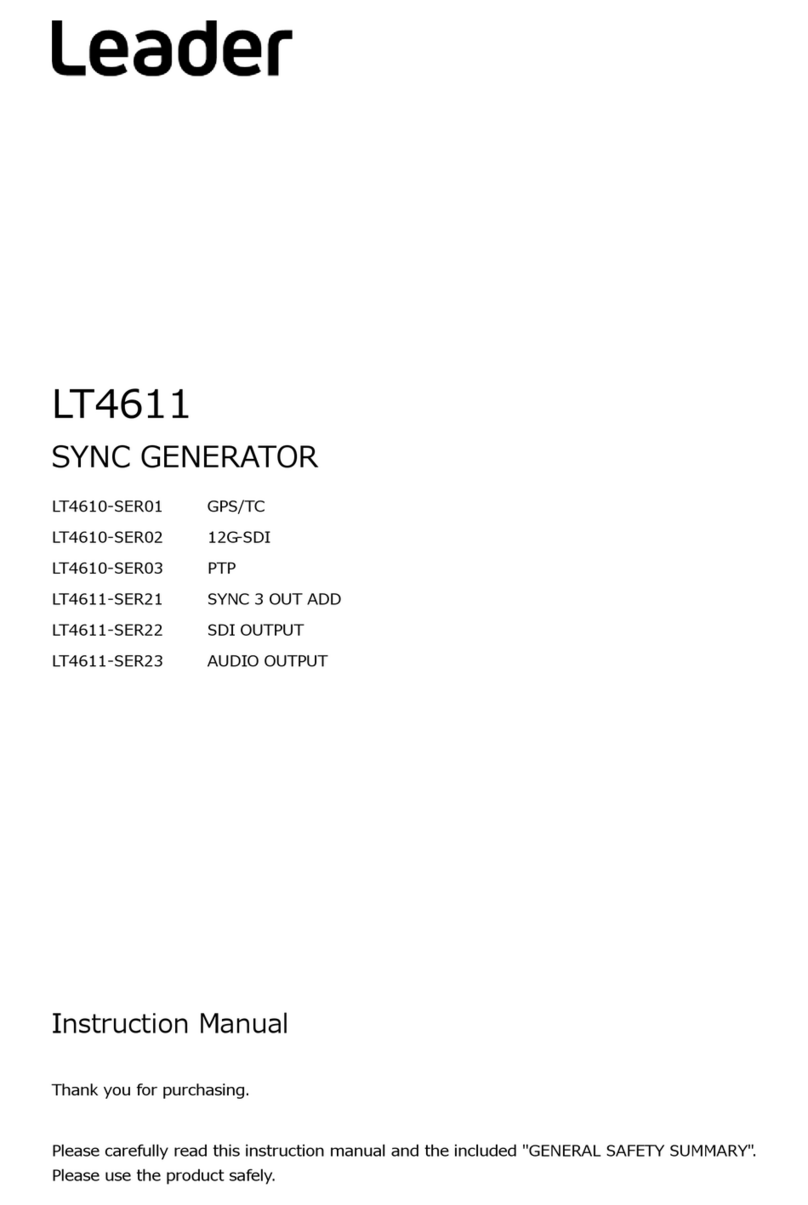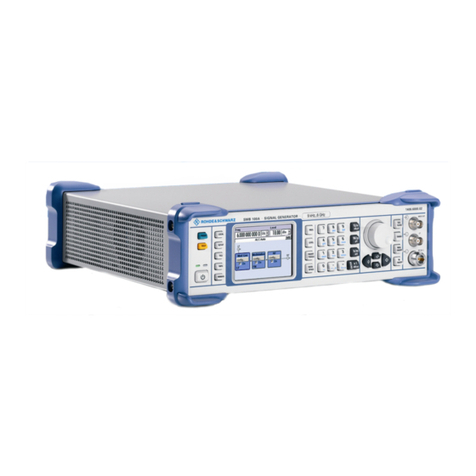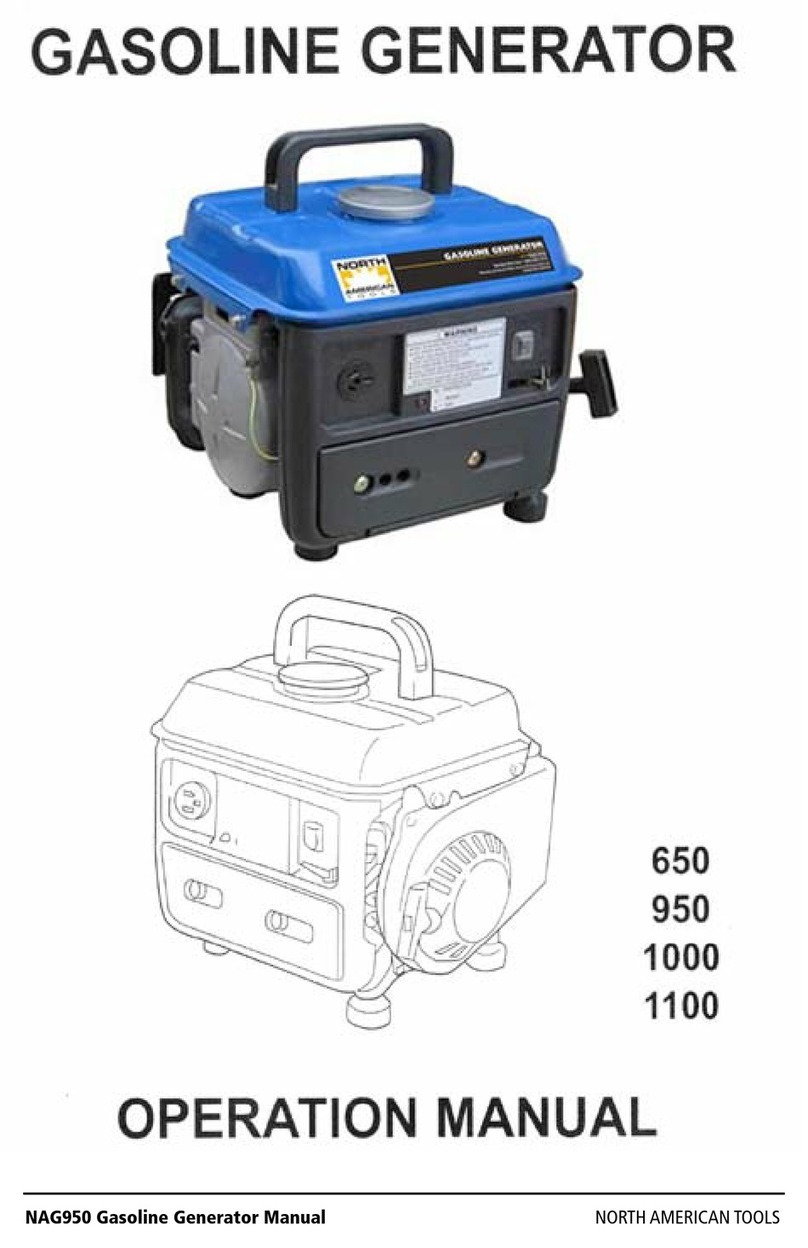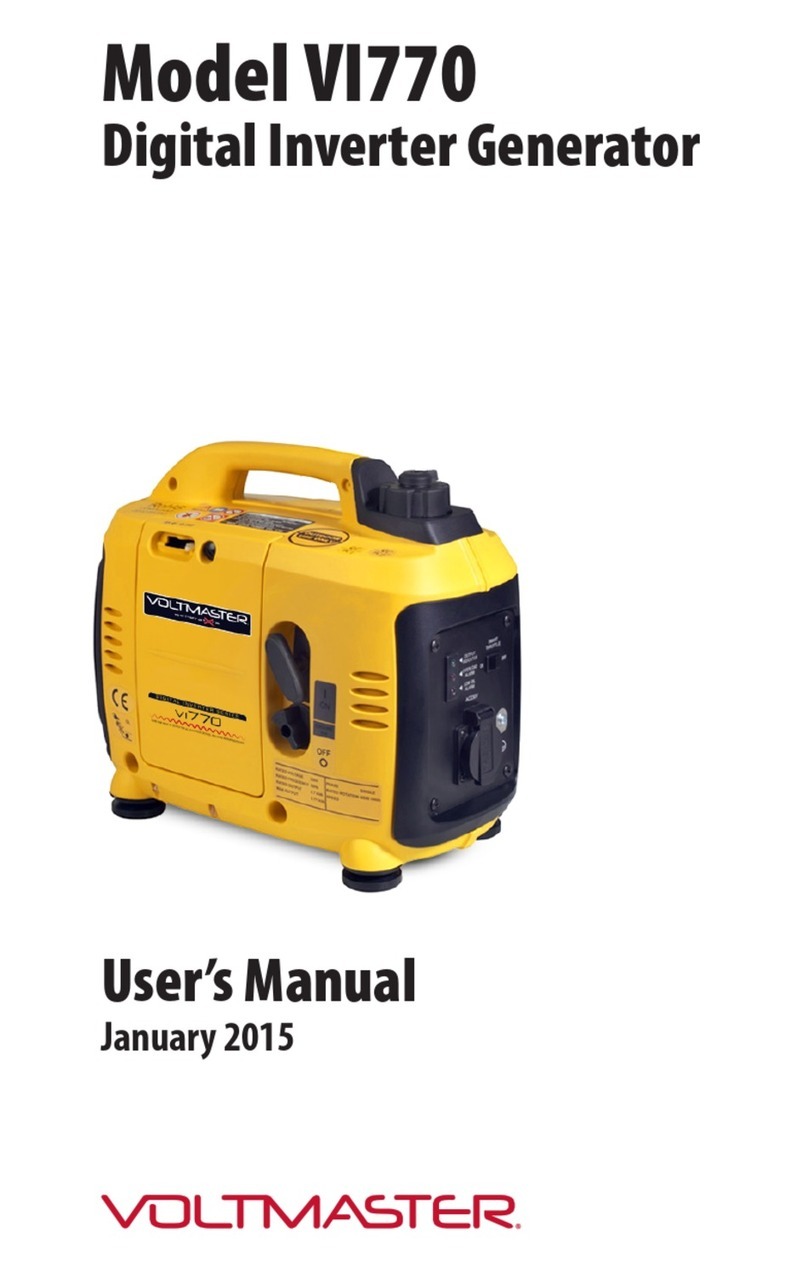
O6108 08/01
5. Storing fuel:
a. Keep dirt, scale, water and other foreign
matter out of fuel.
b. Avoid storing fuel for long periods of time.
c. Fill the fuel tank at the end of each day's
operation. This will reduce condensation.
SP7-9. FUEL FILTERS
1. Your engine or generator set should have a
primary fuel filter installed. We recommend the
Racor brand of fuel filter - water separators.
a. Check the primary fuel filter daily as recom-
mended by the filter manufacturer. Empty
the collection bowl as necessary.
b. Change the element every 250 hours or when
necessary.
c. If the bowl fills with water, change the pri-
mary and secondary element immediately.
2. Change secondary fuel filter every 750 hours.
a. Remove the filter cartridge by turning it
counterclockwise with a filter wrench. Fill
the new cartridge with fuel and install it
after applying engine oil to gasket surface.
Screw on until the gasket surface comes into
contact with sealing surface of filter base.
Then, tighten it two-thirds of a turn by hand.
BLEEDING THE FUEL SYSTEM
CAUTION: Escaping diesel fuel under pres-
sure can penetrate the skin, causing serious
personal injury. Before disconnecting lines
be sure to relieve all pressure. Before apply-
ing pressure to the system be sure all con-
nections are tight and the lines, pipes and
hoses are not damaged. Fuel escaping from
a very small hole can be almost invisible. Use
a piece of cardboard or wood, rather than
the hands, to search for suspected leaks. If
injured by escaping fuel, see a doctor at once.
Serious infection or reaction can develop if
proper medical treatment is not administered
immediately.
1. Whenever the fuel system has been opened for
service, (lines disconnected, filter changed, etc.)
it should be bled.
2. To bleed the fuel system, loosen the vent plug
in the top of the fuel filter housing. Unscrew the
16
hand primer knurled knob on the injection pump
and loosen until it can be pulled up by hand (see
Fig. 12,6).
Operate the hand primer up and down until most
of the air bubbles are expelled and clear fuel
escapes the vent plug. Push hand primer down and
tighten. Tighten the vent plug.
3. If the engine will not start, it may be necessary
to loosen the fuel pipes at the injectors. With the
throttle on full, crank the engine over with the
starter until fuel without air flows from the loose
fuel pipe connections. Tighten the connections.
SP10. INJECTORS
1. Fuel injectors should be checked by a Lugger-
Northern Lights dealer or qualified fuel injection
shop after every 750 hours.
2. Injector Removal:
a. Thoroughly clean the area around injection
pump and injectors, including all pipe and line
connections. Use compressed air if available.
b. Remove fuel line connecting nuts from injec-
tion pump and injectors. Remove fuel line
clamps below the intake manifold.
c. Put fuel lines aside. It is not necessary to
remove the pipes entirely.
d. Remove the return lines from the injectors.
e. Remove hold down bolts, holders and injec-
tors.
3. Clean Injector Bore:
Injector seat in cylinder head can be cleaned by
wrapping a clean, lint-free rag around the tapered
end of a wooden rod and wiping the bore and seat.
Hardened carbon can be removed from the seat by
using a tapered wire brush to break carbon free.
Then clean the bore with rag and rod.
4. Have injectors tested and rebuilt if necessary. Or,
take them to a Lugger-Northern Lights dealer and
use them as core exchange for rebuilt injectors.
5. Injector Installation:
a. Insert injector into bore. Install holders and
torque to 29-36 foot lbs. (4-5 kgm).
b. Install injector fuel return line. Torque banjo
bolts to 8-11 foot lbs. (1.0-1.5 kgm).
c. Install injector lines. Torque fuel line nuts to
14.5-18footlbs.(2-2.5kgm).Onthepumpside,
torque nuts 18-25 foot lb. (2.5-3.5 kgm).
d. Bleed the fuel system, start the engine
and check the system for leaks using a piece of
cardboard.
Servicing






















